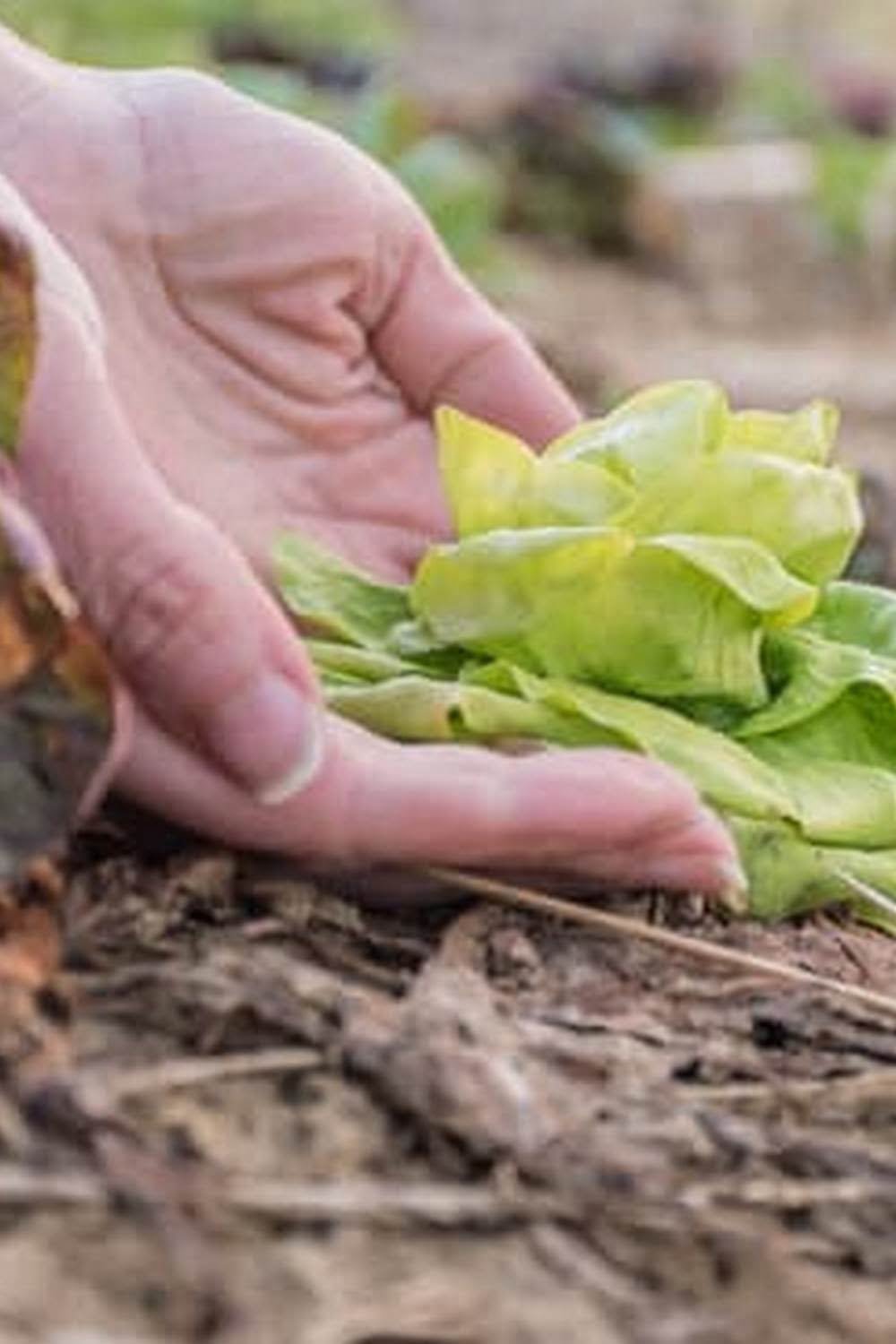Long Raised Vegetable Garden Beds
A raised bed vegetable garden is a great way to grow your own vegetables, and it has a lot of advantages over a traditional garden.
The first advantage of a raised bed garden is that you can control the soil quality. You can amend the soil to make it perfect for your vegetables, and you can also add compost or other organic matter to the soil to improve its texture and fertility.
Another advantage of a raised bed garden is that it is easy to keep weed-free. Weeds can be a real problem in a traditional garden, but they are much less of a problem in a raised bed garden, because you can simply remove the weeds as they appear.
A raised bed garden is also a great way to save space. You can grow more vegetables in a raised bed than you can in a traditional garden, because the soil in a raised bed is so much richer and more fertile.
Finally, a raised bed garden is a great way to protect your vegetables from pests and diseases. The soil in a raised bed is much drier than the soil in a traditional garden, and this helps to keep pests and diseases at bay.
Raised Vegetable Garden Beds Depth
There is a lot of confusion about the depth of raised vegetable garden beds. People seem to think that the deeper the bed, the better. But is that really true?
The depth of a raised bed is important, but it’s not the only thing you need to consider. The width and length of the bed are also important, as is the type of soil you use.
If you want to grow vegetables in a raised bed, the depth should be at least 12 inches. That’s deep enough to accommodate most vegetables, and it will also allow you to add organic matter to the soil. The deeper the bed, the more organic matter you can add.
But if you’re only growing flowers or herbs, a depth of 6 or 8 inches is fine.
Soil is an important part of any garden, but it’s especially important in a raised bed. The soil in a raised bed is warmer and drier than the soil in a traditional garden, so you need to use a soil mix that is specifically designed for raised beds.
A good soil mix for raised beds should include compost, peat moss, and sand. You can also add other ingredients, such as manure, vermiculite, or perlite, but be careful not to add too much. Adding too much organic matter can make the soil too wet and can cause problems with drainage.
The width and length of the raised bed are also important. The wider the bed, the more plants you can grow, but the longer the bed, the more difficult it is to reach the plants in the back.
So, to summarize, the depth of a raised bed should be at least 12 inches, and the soil in the bed should be a mix of compost, peat moss, and sand. The width and length of the bed are also important, and you should use a soil mix specifically designed for raised beds.
Vegetable Garden Bed Rotation
There are many benefits to vegetable garden bed rotation, the most important of which is that it helps to keep your plants healthy and disease free. By rotating your crops, you can prevent the build-up of pests and diseases in your soil, and ensure that your plants get the nutrients they need.
Another benefit of vegetable garden bed rotation is that it helps to conserve soil moisture. When you rotate your crops, you can ensure that each area of your garden gets a chance to rest and recover. This will help to keep your soil healthy and productive in the long run.
Finally, vegetable garden bed rotation can also help to improve the quality of your crops. When you rotate your crops, you can ensure that each plant gets the nutrients it needs, and that the soil isn’t depleted of any essential minerals. This will help to improve the overall quality of your crops, and will ensure that you get the most out of your garden.
Best Soil For Vegetable Garden Raised Bed
When it comes to gardening, there is no one-size-fits-all approach. Different plants have different needs, and the same goes for the type of soil you use. If you’re looking to plant a vegetable garden, you’ll need to find the best soil for vegetable garden raised bed.
There are a few things to consider when choosing soil for your garden. The first is the pH level. Most vegetables prefer a slightly acidic soil, with a pH between 6 and 7. You can test your soil’s pH level with a home testing kit, or you can ask your local garden center for advice.
The second consideration is the amount of nutrients in the soil. Vegetables need a lot of nutrients to grow healthy and strong, so you’ll want to find soil that is high in organic matter. You can find organic matter by looking for soil that is dark in color and has a good crumbly texture.
Finally, you’ll want to consider the drainage of the soil. Vegetables need well-drained soil to avoid rot and disease. If your soil is heavy and doesn’t drain well, you can improve drainage by adding sand or gravel to the mix.
Once you’ve considered all of these factors, it’s time to start shopping for soil. There are a number of different brands and types of soil on the market, so take your time and find the one that best suits your needs.
When it comes to gardening, there is no one-size-fits-all approach. Different plants have different needs, and the same goes for the type of soil you use. If you’re looking to plant a vegetable garden, you’ll need to find the best soil for vegetable garden raised bed.
There are a few things to consider when choosing soil for your garden. The first is the pH level. Most vegetables prefer a slightly acidic soil, with a pH between 6 and 7. You can test your soil’s pH level with a home testing kit, or you can ask your local garden center for advice.
The second consideration is the amount of nutrients in the soil. Vegetables need a lot of nutrients to grow healthy and strong, so you’ll want to find soil that is high in organic matter. You can find organic matter by looking for soil that is dark in color and has a good crumbly texture.
Finally, you’ll want to consider the drainage of the soil. Vegetables need well-drained soil to avoid rot and disease. If your soil is heavy and doesn’t drain well, you can improve drainage by adding sand or gravel to the mix.
Once you’ve considered all of these factors, it’s time to start shopping for soil. There are a number of different brands and types of soil on the market, so take your time and find the one that best suits your needs.
How To Grow A Raised Bed Vegetable Garden
The best way to start a vegetable garden is by growing a raised bed vegetable garden. A raised bed vegetable garden is a great way to garden if you have a small yard, limited space, or if you just want to make gardening easier on your back.
To start a raised bed vegetable garden, you will need to purchase some lumber and build a raised bed. The size of your raised bed will depend on the amount of space you have available. A good size for a raised bed is 4×8 feet.
Once you have built your raised bed, you will need to prepare the soil. Add some organic matter to the soil, such as compost or manure, and mix it in well. Then, add a layer of mulch to the top of the soil to help keep it moist and to prevent weeds from growing.
Now, it’s time to plant your vegetables! The best way to do this is to plan out your garden ahead of time. Decide what vegetables you want to grow and then sketch out a plan. Make sure to space your vegetables appropriately so that they have enough room to grow.
When planting your vegetables, be sure to follow the specific instructions that come with the plants. Some vegetables need to be planted in a certain type of soil, and others need to be planted a certain distance apart.
If you are planting a vegetable garden for the first time, it might be a good idea to start with some easy-to-grow vegetables, such as tomatoes, peppers, and cucumbers. These vegetables are relatively easy to grow and they will produce a lot of fruit.
By following these simple steps, you can create a beautiful and productive raised bed vegetable garden.

If you’re looking to get into vegetable gardening, or are just looking for some tips on how to make your current garden better, then you’ve come to the right place! My name is Ethel and I have been gardening for years. In this blog, I’m going to share with you some of my best tips on how to create a successful vegetable garden.





